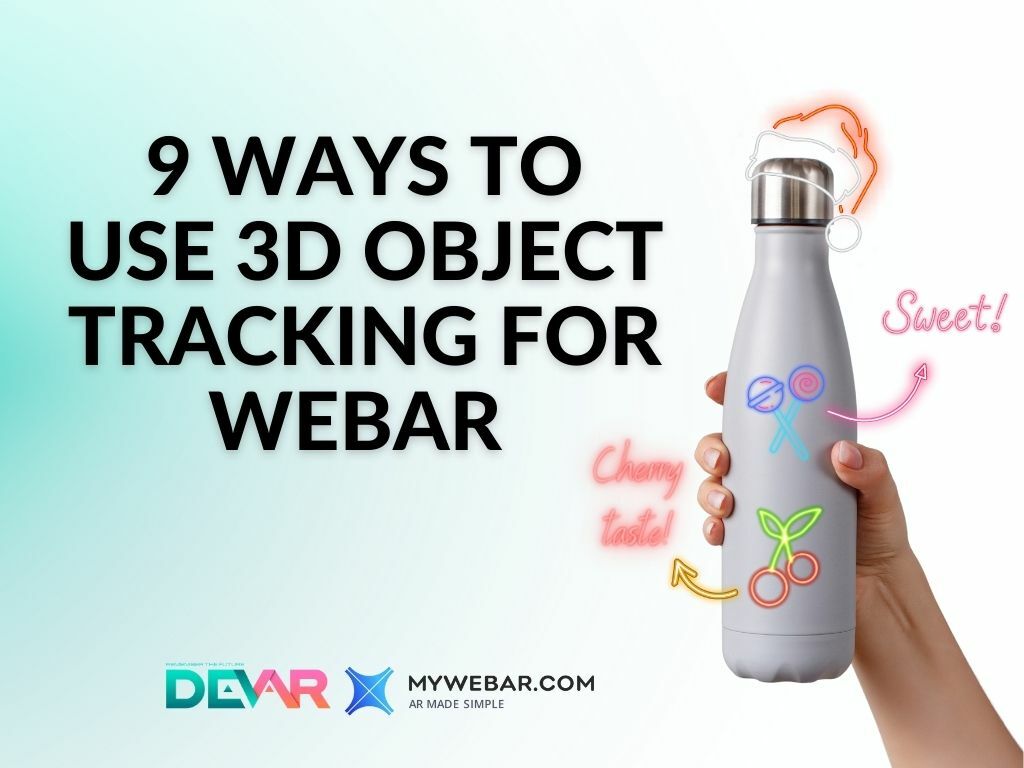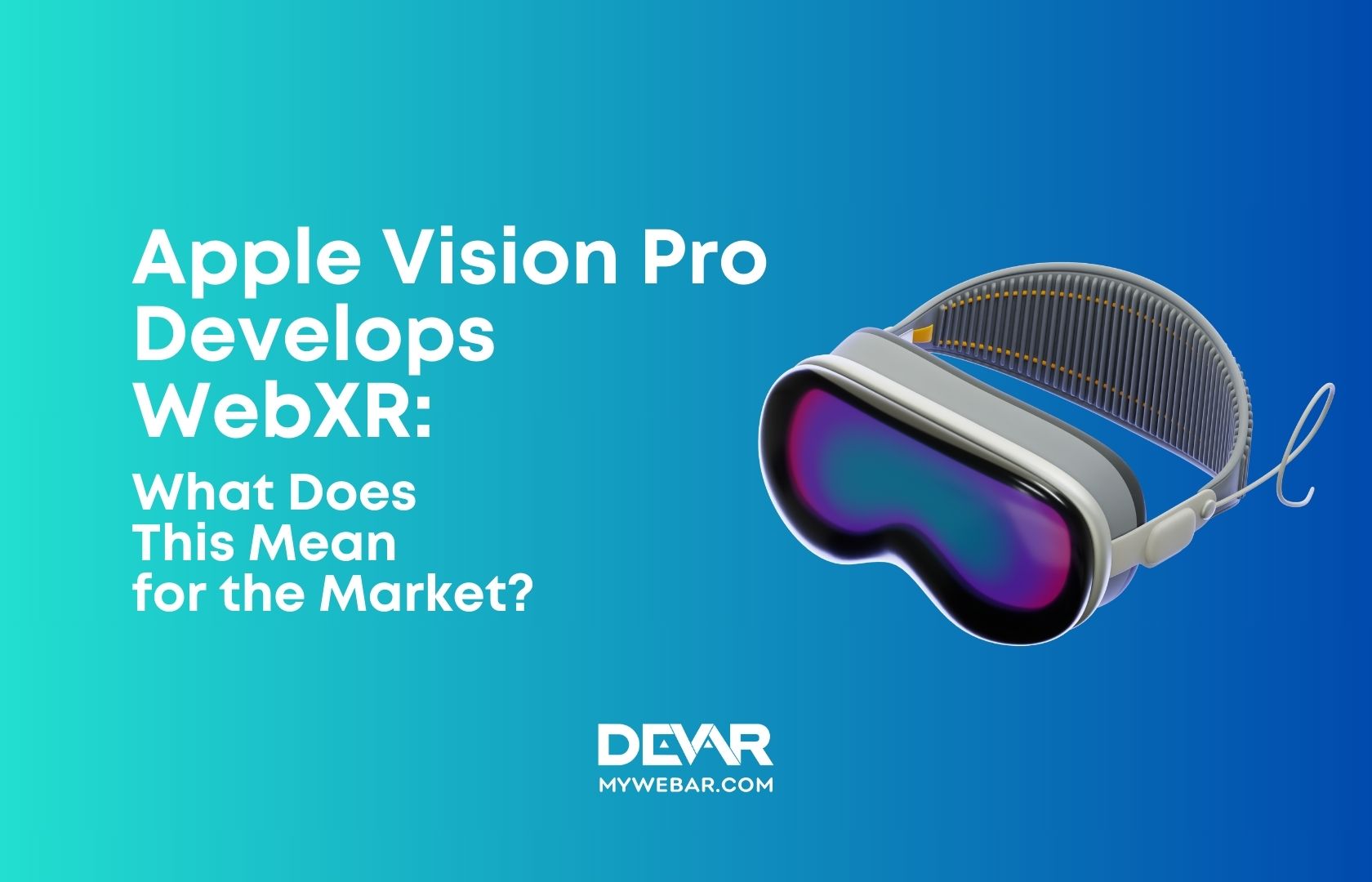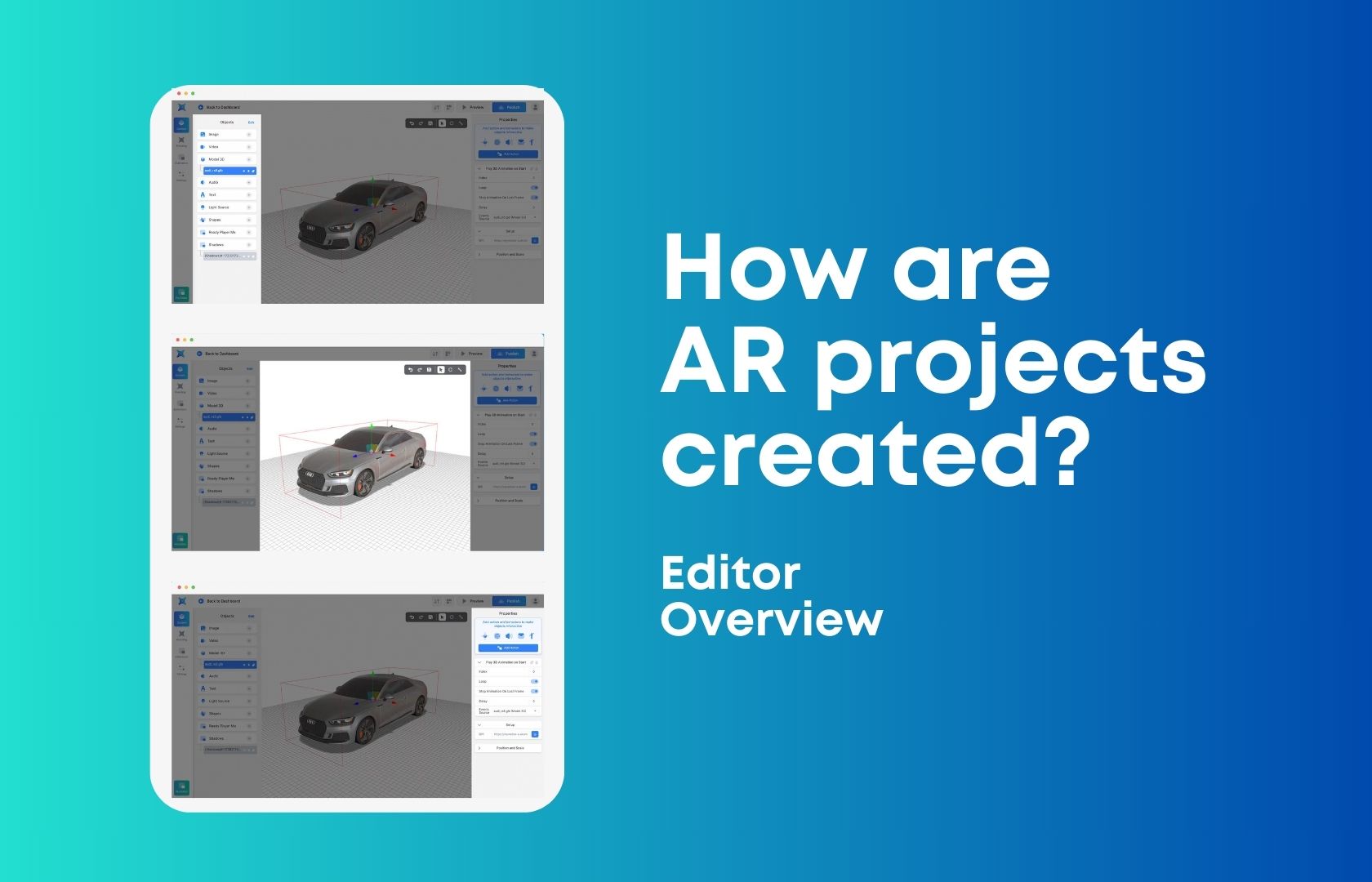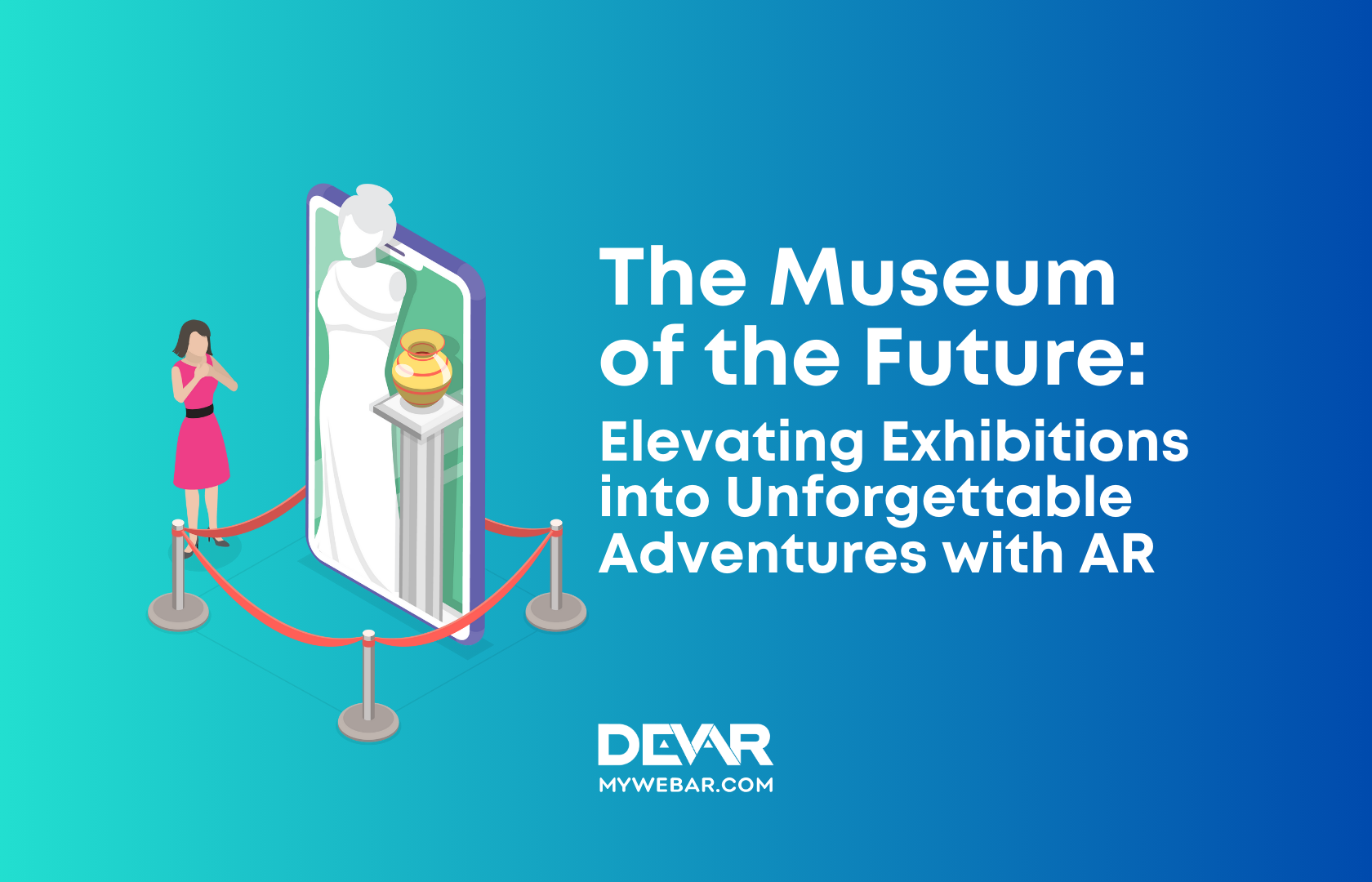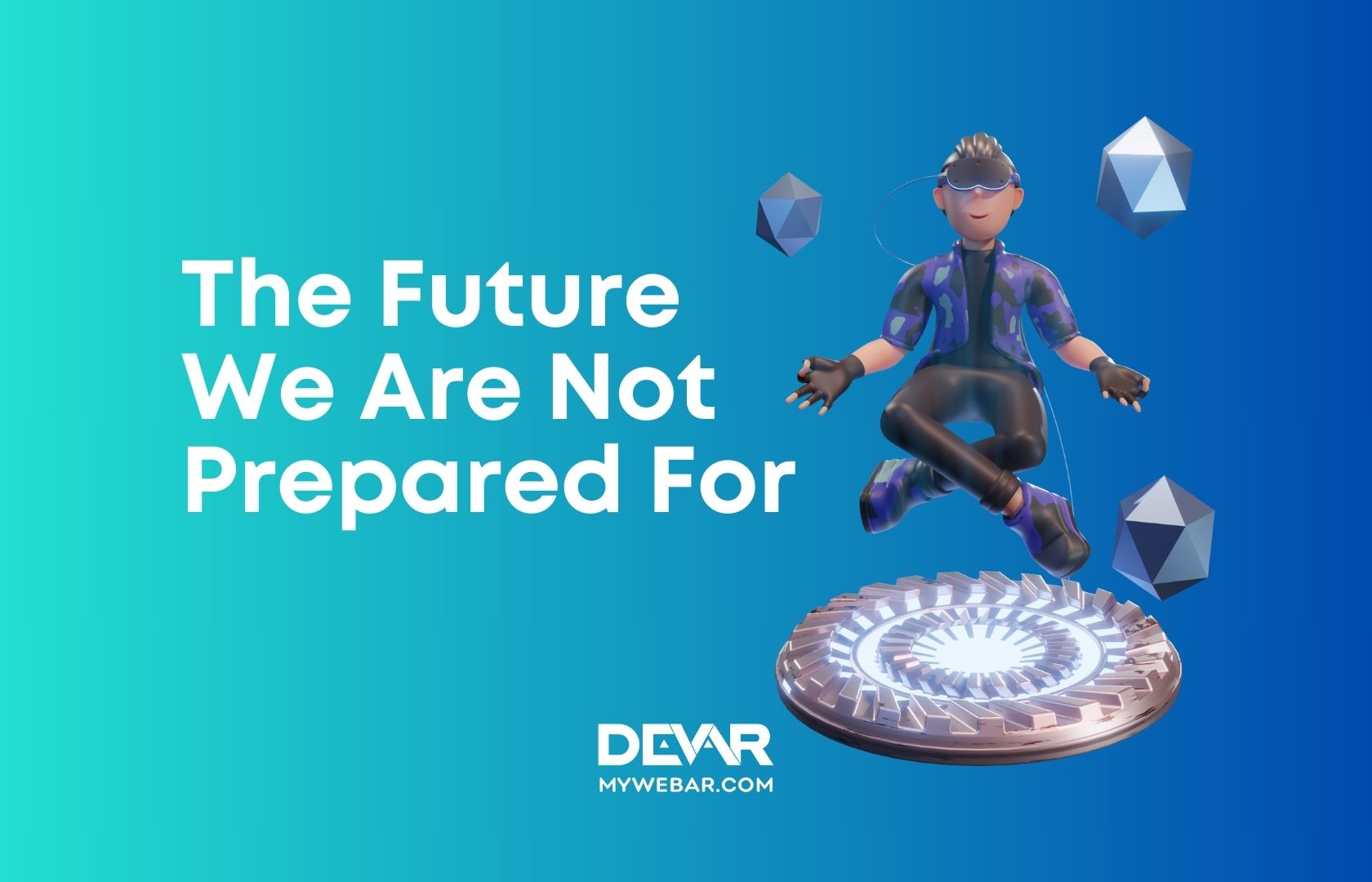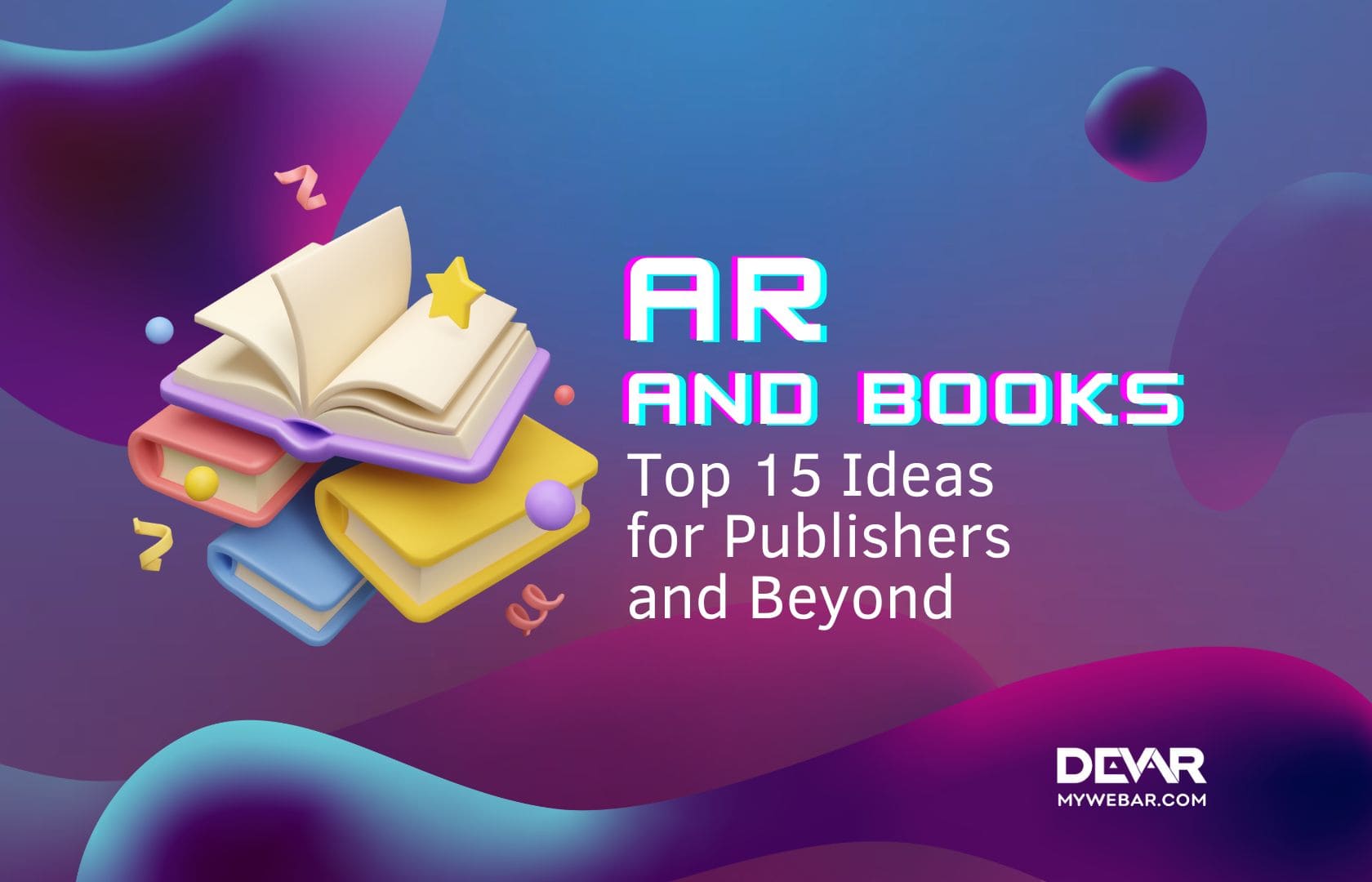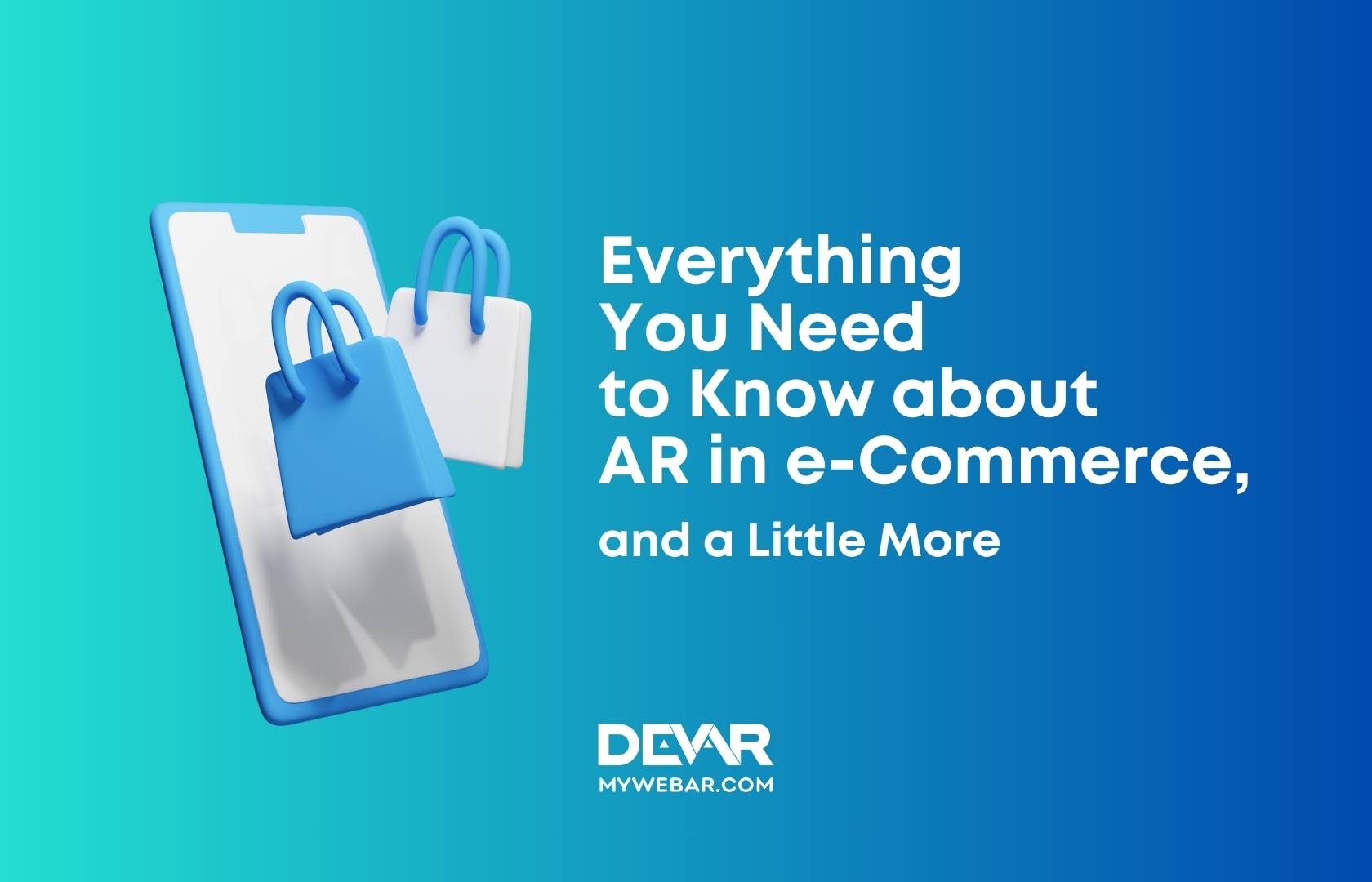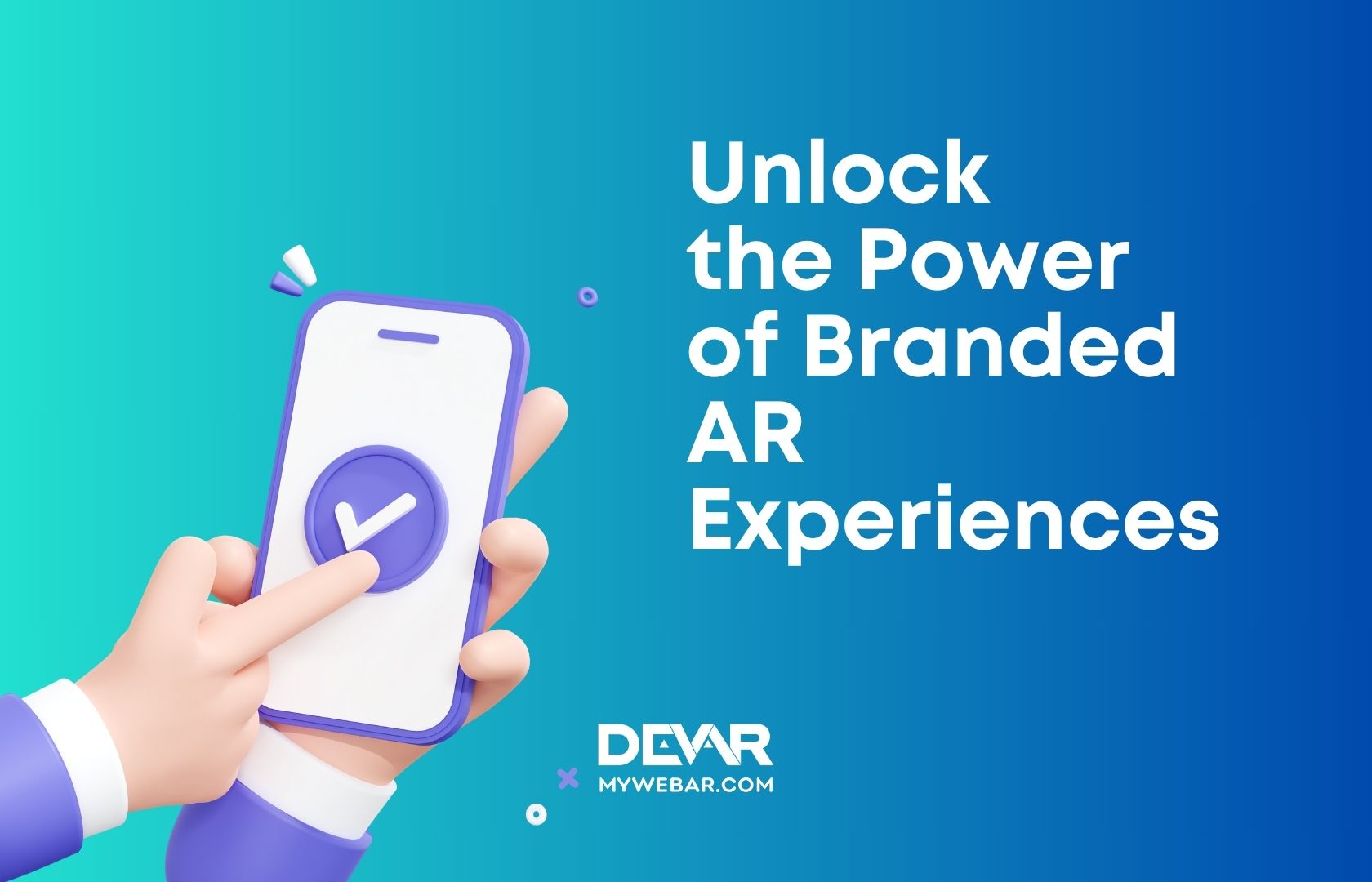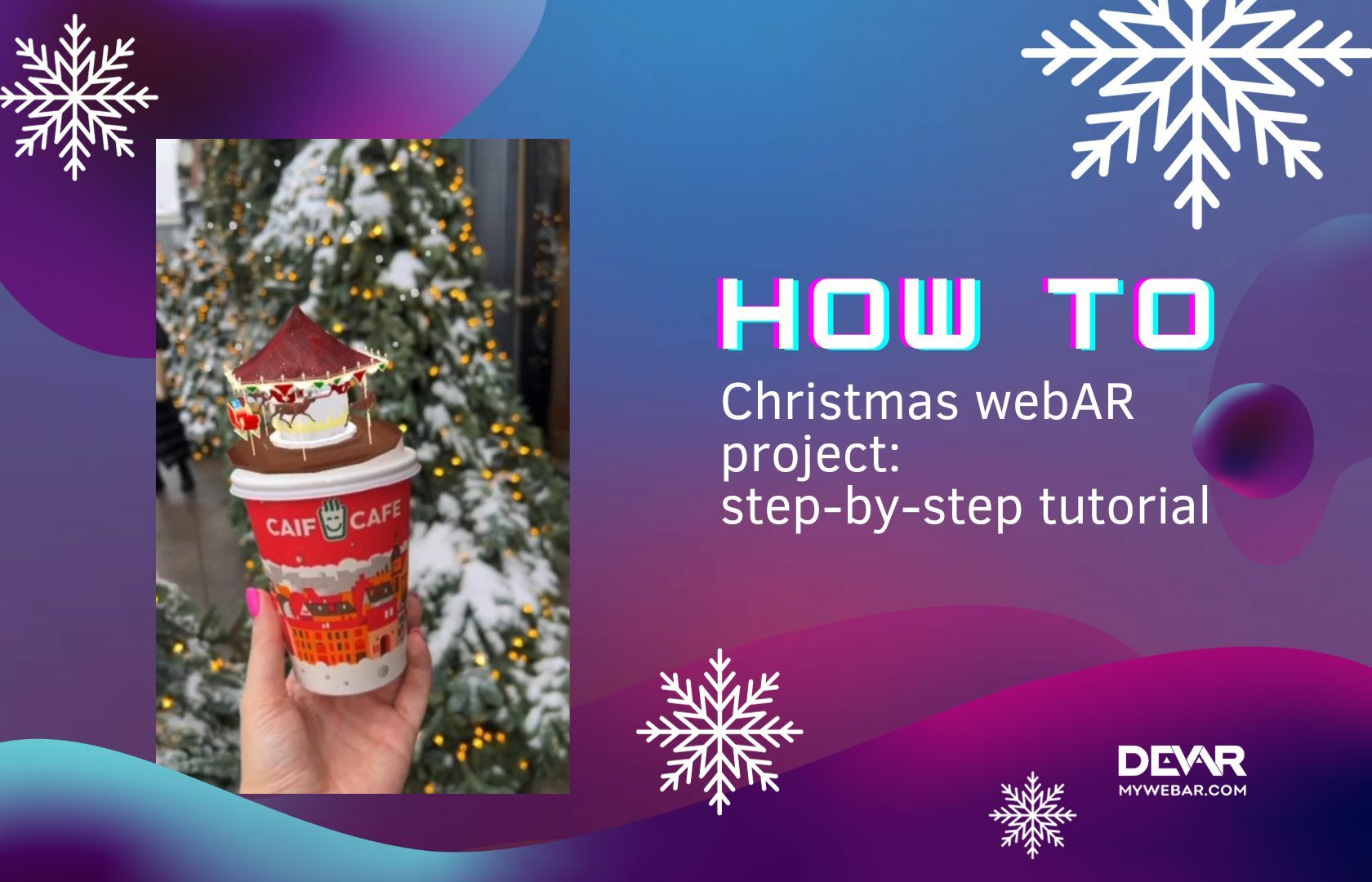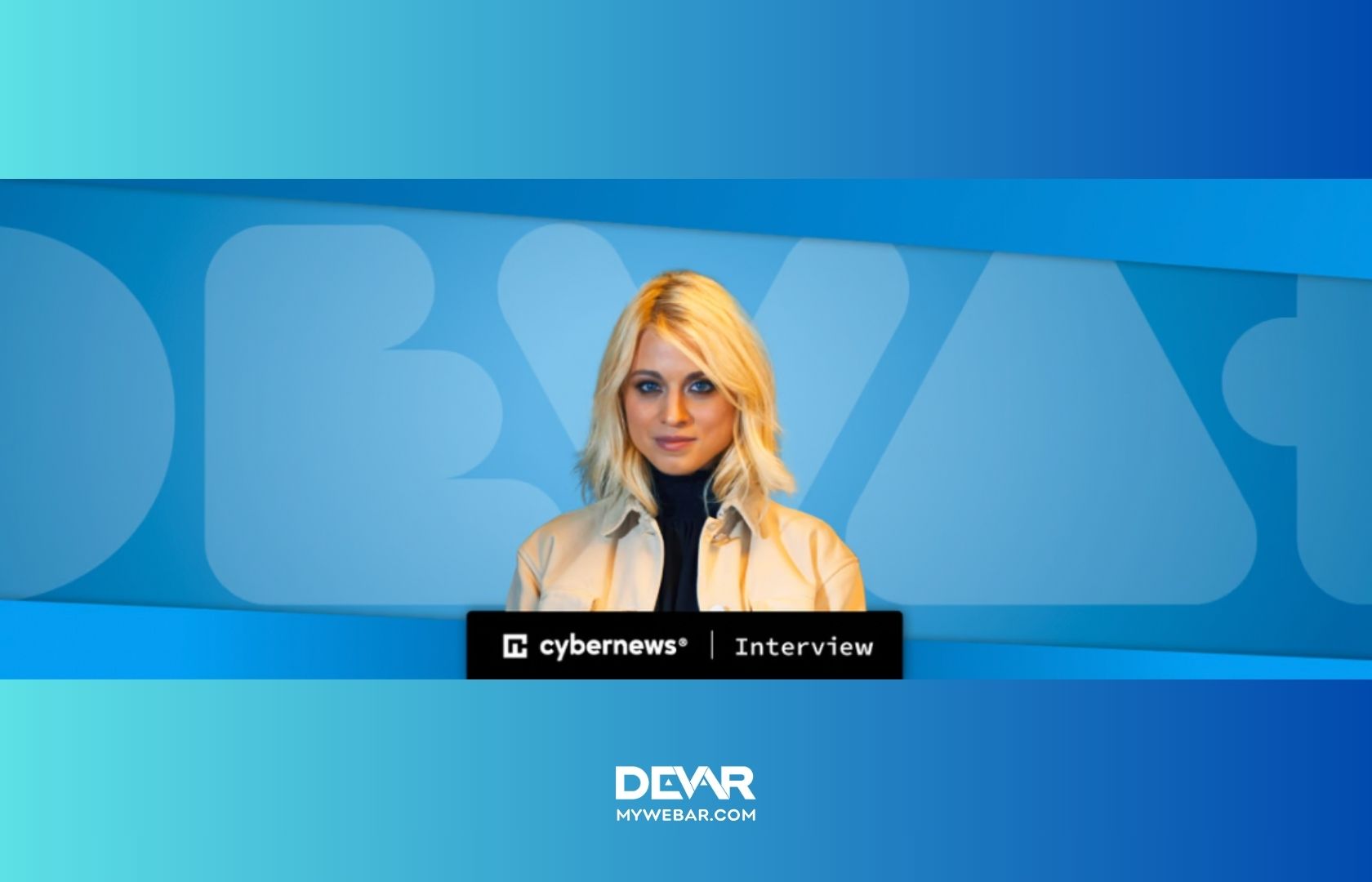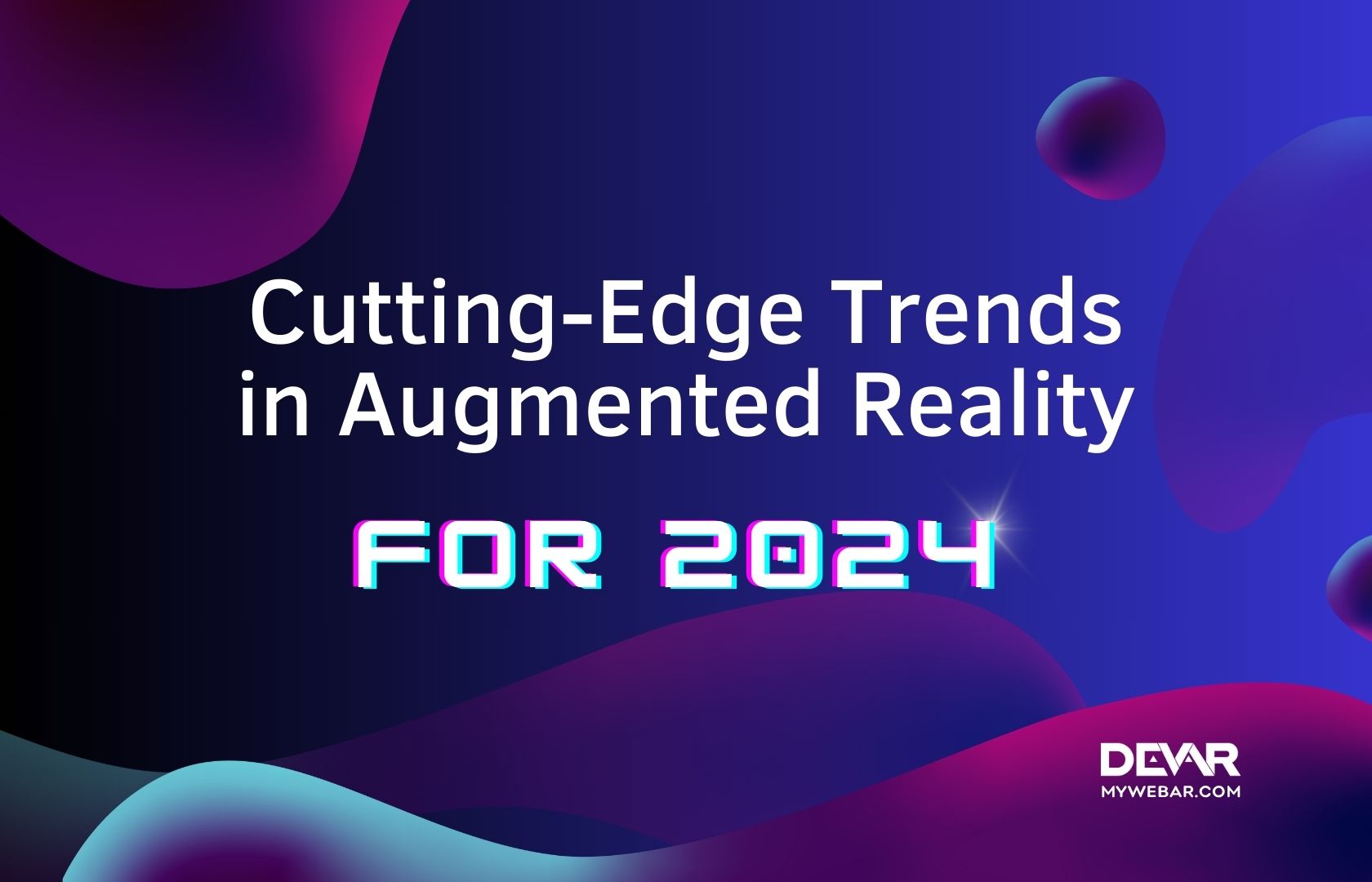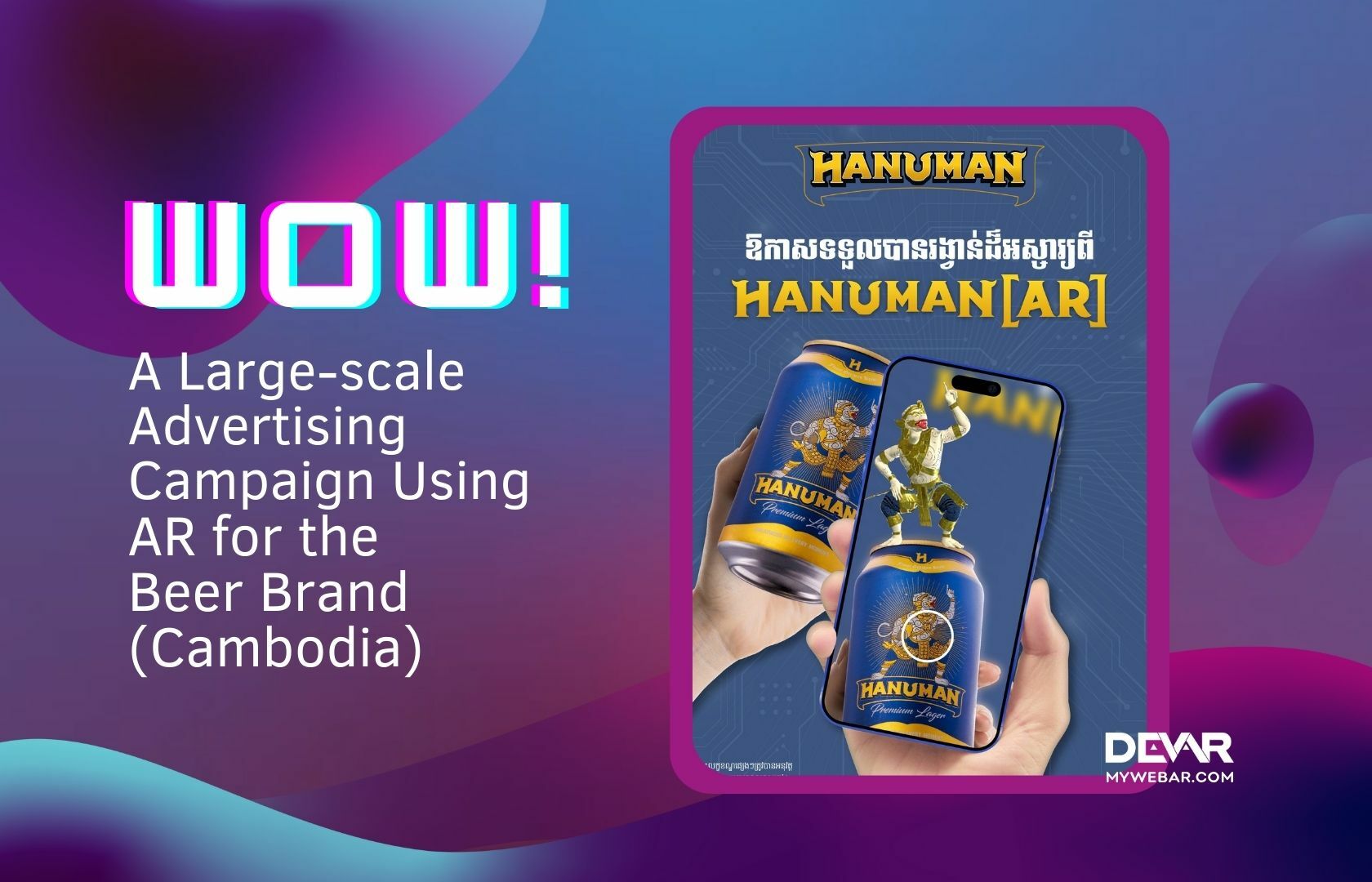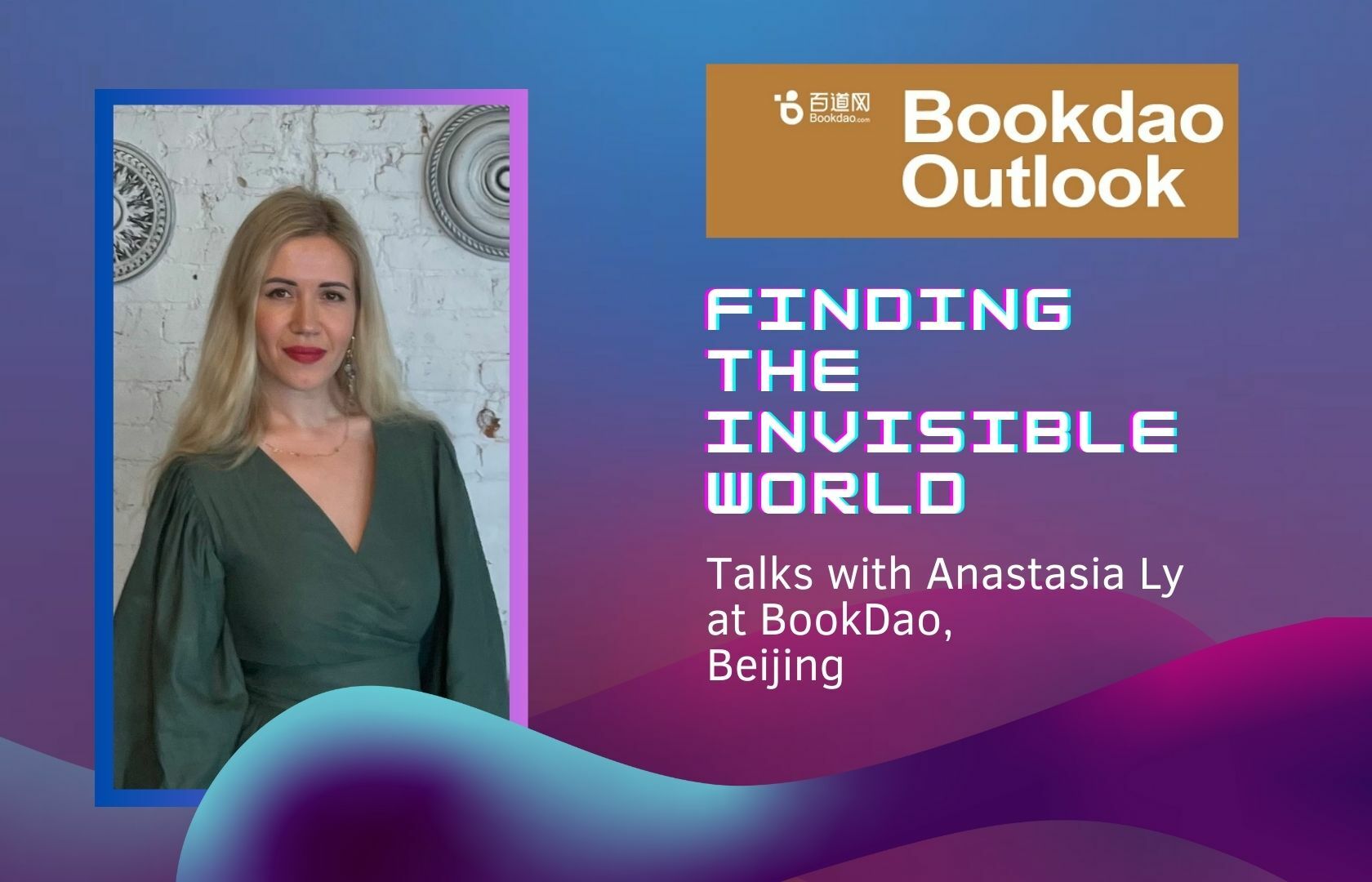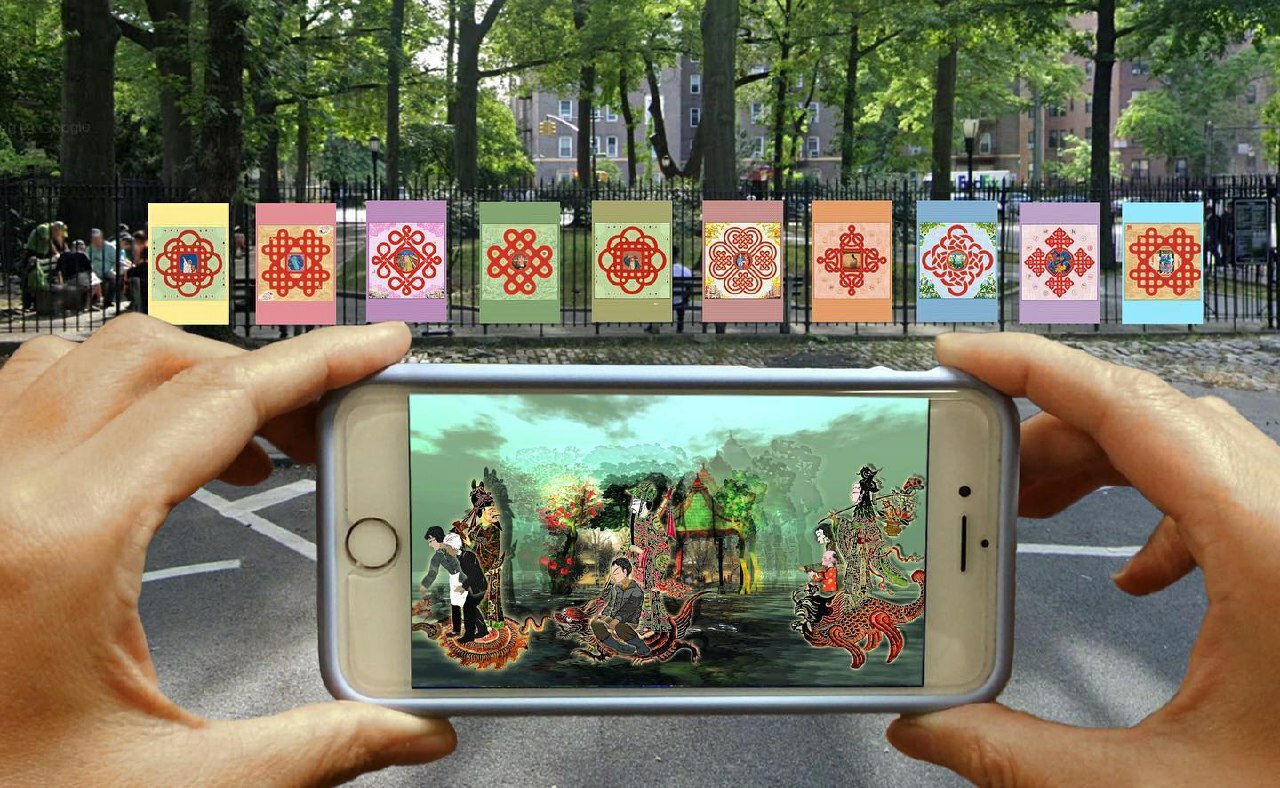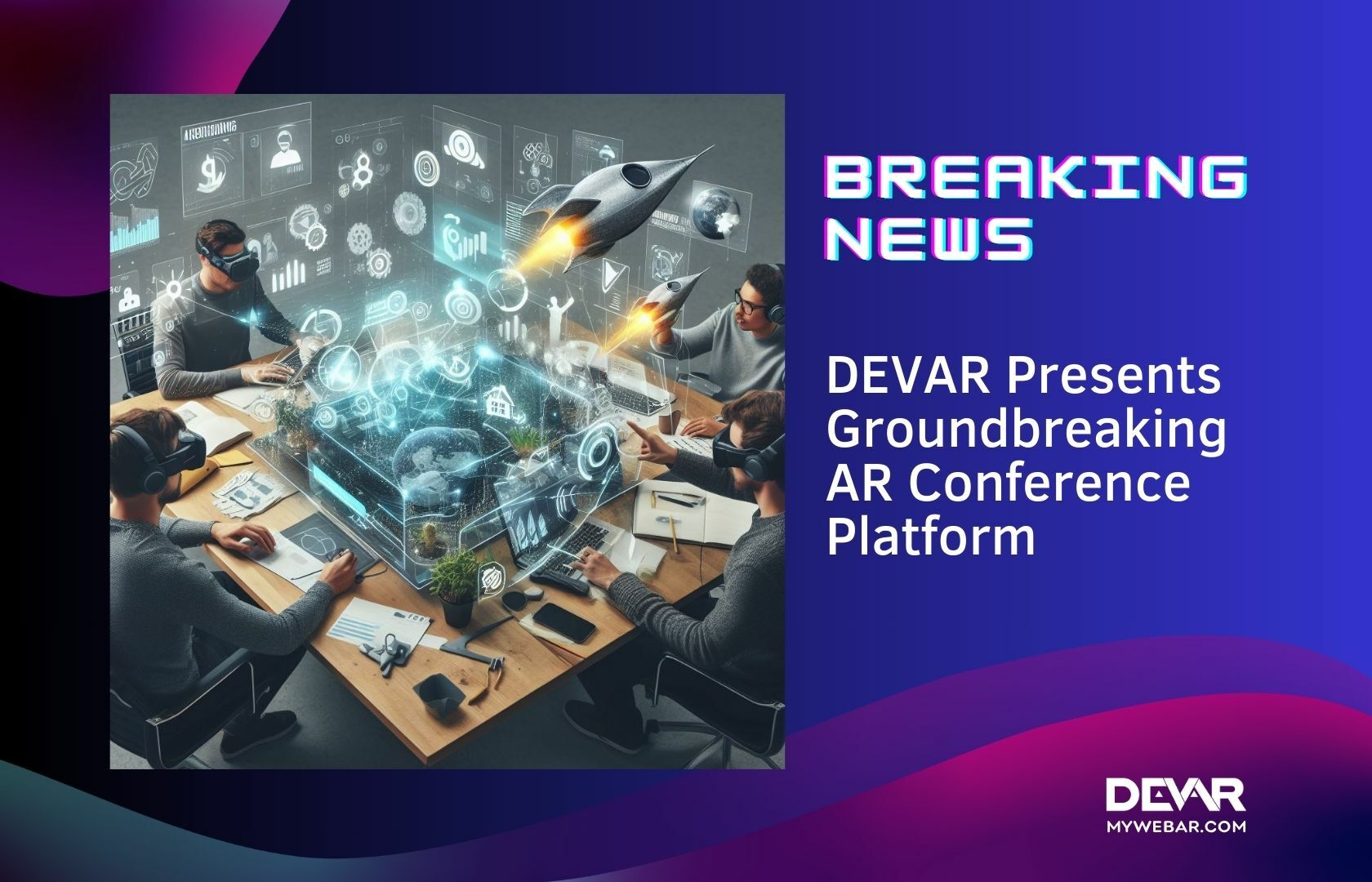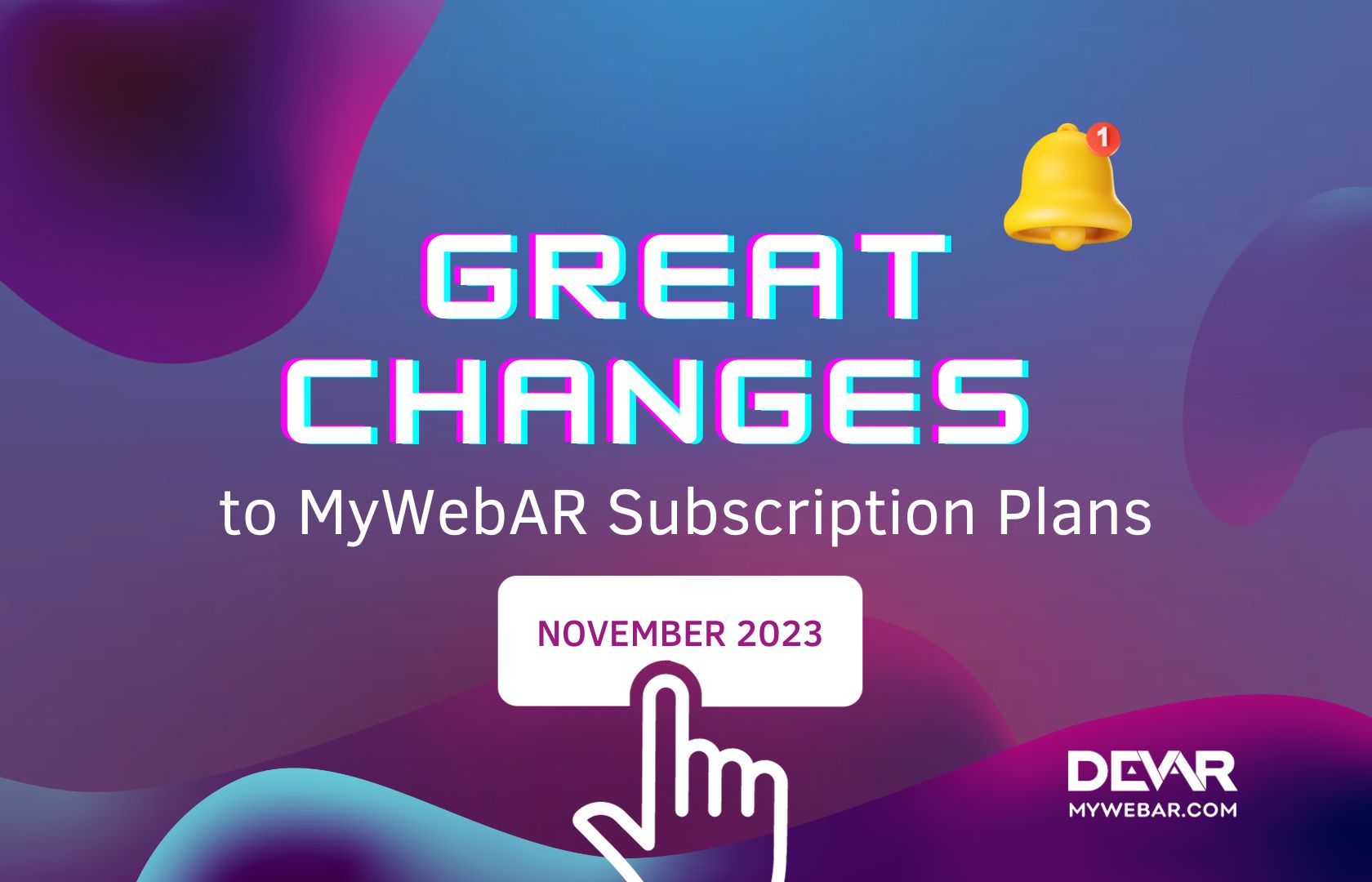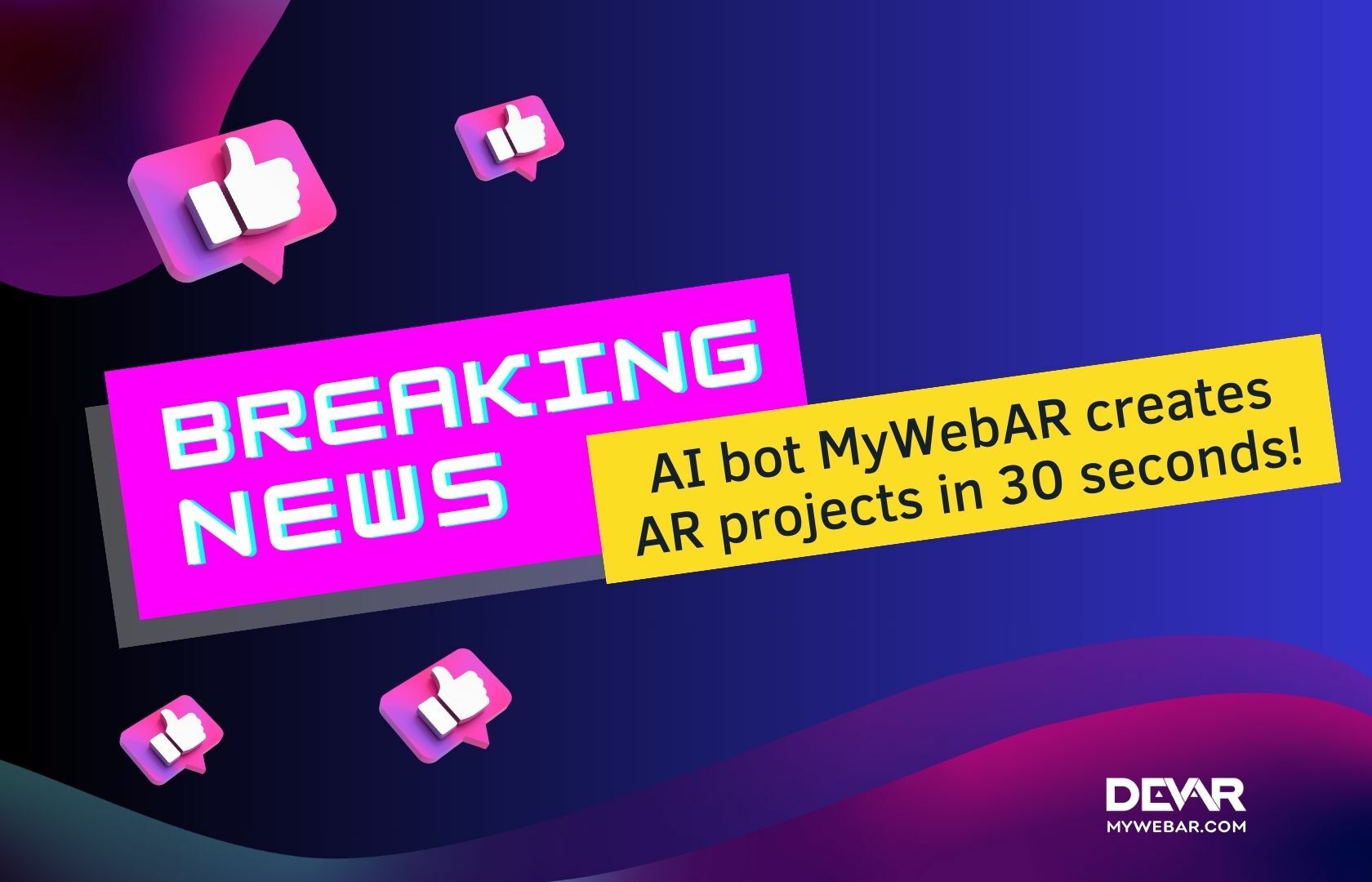Augmented reality technology has become an increasingly popular tool for businesses in recent years. By combining digital information with real-world objects and environments, AR tools provide companies with new ways to communicate and interact with customers, as well as new opportunities to track and analyze data.
One of the most promising applications of AR technology is 3D object tracking, which enables businesses not just to add 3D objects to the image as a marker, but to track the real object, even a monotone one. This technology allows you to create the next level of AR projects. Now you don’t need a specific colorful and contrasting image on your product, you just need an object (product), no matter how big or colorful it is. DEVAR announced first in the industry 3D object tracking for the web for monotone objects available at MyWebAR platform, available now for Enterprise clients.
Let us inspire you with the 9 different effective ideas with 3D object tracking
Entertainment: Toys
3D object tracking technology can be used to create interactive and immersive experiences for toys. This technology can be used to track characters, objects, and other elements in a virtual environment.
Let’s check this technology in a well-known brand and the toy. This is like a kinder surprise: you open an egg and finding not a simple toy, but the part of the big story, the hero of a fairytale. 3D object tracking allows you to add a story and value to your toys via augmented reality.
What can catch the user’s attention: a simple Teddy Bear or Teddy Bear with available different hats, glasses, cups of tea, or coffee on your camera? Simple mini car model or car model with AR tracks, obstacle course, and specific road sounds? We all know the answer. Today’s children are increasingly spending more time on their devices and less on traditional toys, so this technology can help to stay on top of the market.
Also, It is a great way to engage users in creative play, encouraging them
to use their imagination and come up with unique solutions.
Retail: Monotone Products
Changing the product every time when the company wants to start a new campaign is just simply impossible. Additionally, if the product does not have strong brand recognition, customers may not recognize the product when it is changed. Moreover, if the product changes too often it can become confusing for customers and they may not know what to expect.
In this way, 3D object tracking can create a 3D interactive product display to showcase the product form in a fun and interesting way. A company can have just one simple monotone product and augmented reality changed that.
The beauty industry is one of the most powerful and competing brands, so having strong branding and well-known products is crucial. In this situation, 3D object tracking can solve all the problems: classic black Dior lipstick can change color, shapes, and convey emotion and energy. At least, by using this technology you can simply show what is inside the product: now you don’t need to open every shape of color and try, just check colors via AR.
Fashion: Mannequins
3D object tracking technology can be used to create virtual outfits for the mannequins in the stores. Customers would be able to virtually try on different garments and accessories and see how they look before making a purchase. This technology also allows customers to have a more interactive and personal shopping experience.
People are increasingly busy with work and other commitments, making it hard for them to find the time for trying new outfits and changing the details again and again. At this point fashion brands, such as Gucci, Prava or others can suggest trying clothes on mannequins via AR. It helps to make stylish combinations, choose accessories, and even shoes.
Also, 3D object tracking technology allows you to select the environment: it is not a simple digital way of trying on clothes, but an emotion: see you your outfits would match with Tulum, Dubai, or Italian cities.
Mannequins, powered by AR allow brands to capture customer data, such as body measurements, to improve the fit of their garments and remain a technologically advanced brand
Retail: Instructions
3D object tracking can be used in the retail industry to improve the customer experience. AR can help customers understand how to use a product even without reading the printed files inside the product.
The home appliance industry can be changed by 180 degrees by using 3D object tracking technology. Manufacturers can create AR instructions that show customers step-by-step how to use a product, eliminating the need for physical instruction manuals.
Buying a new coffee machine is always a pleasure and brings positive emotions until it’s time to set up the device… Imagine how much longer your positive emotions will stay if only one thing, that you need to do will be scan your coffee machine and look at your device to see the 3D elements as an instruction on it.
Another side of this technology allows people to independently collect various kinds of schemes and devices. To bring your new house music system to life you have to be clever in knowing how and with what to connect different wires and circuits, and 3D object tracking can be an instant solution.
Architecture: Monotones Buildings
3D object tracking technology doesn’t have any rules about the 3D object’s size, that’s why augmented reality can be used to help enliven monotone buildings, making them more visually interesting and dynamic.
Almost every person in the world knows how Eifell Towers looks. But, can you imagine this building not as a big construction from the iron, but… from the bubble tea? or croissants? or McChicken nuggets? Sounds crazy, but possible with 3D object tracking. By leveraging the technology of augmented reality, the Eiffel Tower can become a more engaging and exciting experience, drawing in more tourists and increasing the city’s tourism.
Literally, every building, even a World’s 7 wonders can be powered by AR. By incorporating augmented reality filters into the visitor experience, tourists can gain a greater appreciation for the building and its significance, leading to more tourism and positive economic impact. Also, it can be an excellent area for the boldest advertising campaigns.
Automotive: Cars mechanisms
3D Object tracking provides a powerful tool for car manufacturers to showcase their products in a more engaging manner. It can be used for complex auto parts and mechanisms, allowing customers to explore the car or mechanisms in detail and get a better understanding of the features and specifications.
No matter how experienced driver you are, buying a new car is always a challenge. There are so many different models, features, and prices to consider, and it can be difficult to find the perfect vehicle to fit your needs. Even if you finally found the one, 3D object tracking allows you to explore the car from different angles. Imagine sitting in the new salon of BMW, scanning the panel, and seeing absolutely all functions, without asking for help from a manager or even worst, calling the salon.
Education: Immersive Lessons
3D object tracking can be used to create immersive lessons for students in schools or universities. As an example, with it, a Geography teacher can show Solar System and different planets only having one monotone model of the planet. It will help students visualize and interact with objects in a virtual environment
What memories bring you in a biology or chemistry class? Yes, I guess we all know, it’s a perpetual skeleton in the class corner. Dusty and only at Christmas decorated with a Santa hat. The objects like this give us unlimited opportunities to create immersive content. Add a human cardiovascular system, nervous system, muscular system, and of course, brain to the simple skeleton and impress students and teachers. All of these examples can help students to better understand the material and increase their results.
Museums: Monotone Sculptures
It is used to enliven museums and monotone sculptures by adding an interactive layer of digital content to the physical objects. For example, museums can use AR to provide visitors with additional information about a particular exhibit, such as dates and locations, or they can use AR to provide an interactive experience, such as a 3D animation or a game.
Imagine coming to the museums and being able to change the details or even the facial expressions of 500 y.o. sculptures, impressive, isn’t it? Monotone sculptures can be brought to life through AR animations and 3D object tracking, allowing visitors to interact with the sculptures in a new and exciting way.
Tourism: souvenirs
Souvenirs can be a way to share our experiences with others, so that they may also benefit from the same memories. Also, they can be a way to preserve a moment in time, so that we can look back on it with fondness.
It is not a secret, that the tourism industry already using augmented reality for it: AR cups, bottles, AR magnets or t-shirts are available almost in all progressive cities. But these types of tracking, like a cylinder or image tracking, have limited possibilities: you can track only an image or curved image, but can’t put AR inside the bottle, or make a t-shirt with 3D objects around all outfits.
No matter how old are you, visiting Disney World leads to a consequence in the purchase of souvenirs. We want to buy something not only because all Disney shops are built in this way (you simply can’t leave a park or a mall without visiting a souvenir shop), but also because we really want to save the moment and feel all the magic emotions again. But let’s be honest, a casual cup with Mickey Mouse can’t share the magic, it’s just a simple cup until you add 3D object tracking to it. Live 3D model of Mickey Mouse interacting with the cup in 360: swimming while your tea is inside the cup, dancing while the cup is empty, or just chilling when the cup is upside down.
All in All
AR is changing the way we learn, shop, play, and interact with the world, and will likely be used to create all sorts of amazing experiences, from virtual tours to interactive gaming. The potential of augmented reality for business is tremendous, and many of the world’s leading companies have already taken advantage of its capabilities.
Want to know more about 3D Object tracking or use it for your product or service? Schedule a DEMO or contact us at connect@mywebar.com
